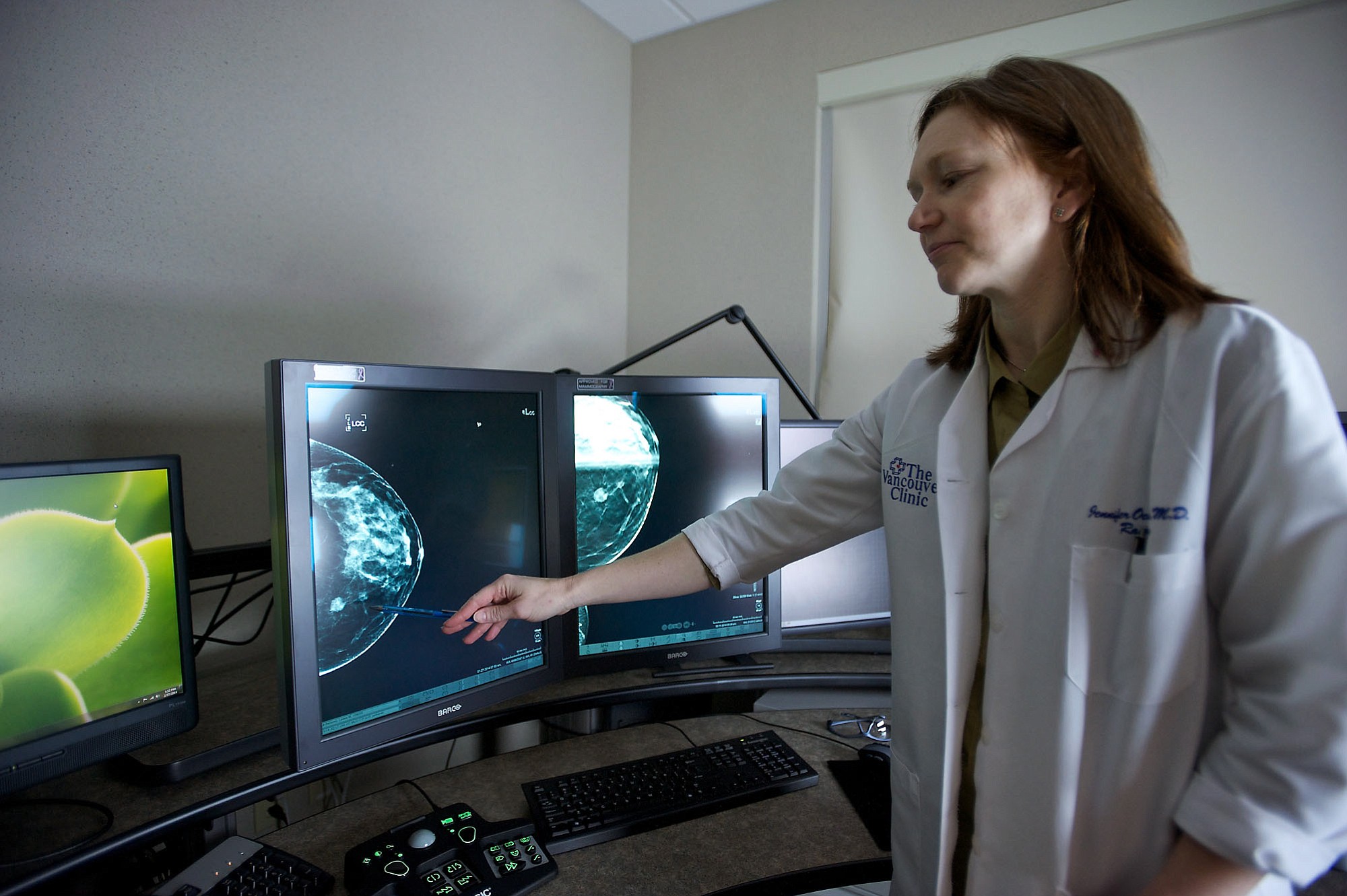o Kearney Breast Center at PeaceHealth Southwest Medical Center: 360-514-6161, swmedicalcenter.org/breast.
o The Vancouver Clinic's Breast Care Center: 360-882-2778, tvc.org/specialties/breastcarecenter.ashx.
o Legacy Breast Health Center Salmon Creek: 360-487-1800, legacyhealth.org/breasthealth.
Breast cancer resources
o Pink Lemonade Project, a Vancouver-based nonprofit that provides support for breast cancer survivors through healing retreats, peer-to-peer support programs and breast reconstruction advocacy: pinklemonadeproject.org.
o Breast Friends, a Tigard, Ore.-based nonprofit dedicated to improving the quality of life for female cancer survivors: breastfriends.org.
o Susan G. Komen for the Cure, a national nonprofit based in Texas working to end breast cancer in the U.S. and throughout the world: komen.org.
o Susan G. Komen Oregon & SW Washington, local chapter of the national nonprofit: komenoregon.org.
o Breast, Cervical and Colon Health Program, Washington State Department of Health program that offers free breast, cervical, and colon cancer screening to qualifying low-income people: 888-438-2247, doh.wa.gov/YouandYourFamily/IllnessandDisease/Cancer/BreastCervicalandColonHealth.
o American Cancer Society, an Atlanta-based nonprofit with local offices in 900 cities across the country, including Portland: cancer.org.
o American Cancer Society's Cancer Survivors Network, connect with other survivors: csn.cancer.org.




